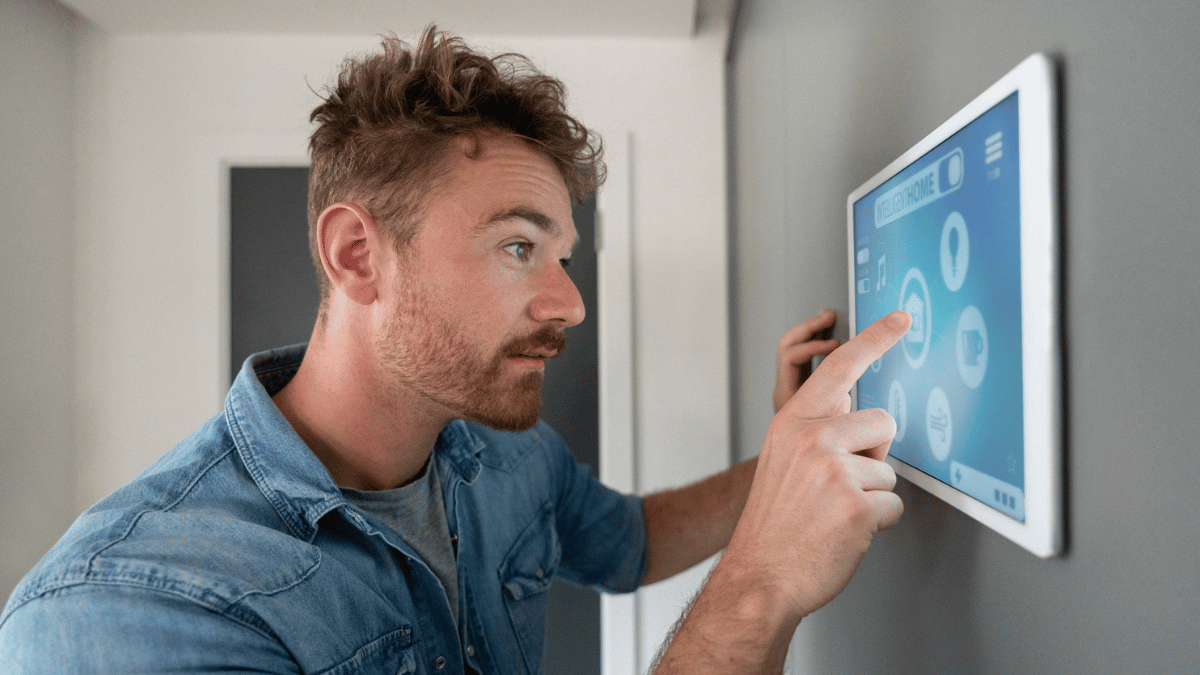Stalkers can use all kinds of apps, gadgets, devices, and phones to spy on their targets, which are often their ex-partners. Unfortunately, while they no doubt have many positive uses, smart home devices give stalkers an array of tools to keep an eye on their targets.
If you are the partner that stays in the house you shared together, you need to make sure that you lock out your ex-partner. This may seem unnecessarily painful at first, but it’s better to be safe than sorry. Your ex doesn’t need to be a hacker when he still has access.
Consider the apps you have shared from your phone. Some of these apps can be queried for information about where, when, and with which device they were last accessed. If you want to keep those apps, make sure you have full control and nobody else has access.
Any camera in your house surely stores more footage about you and your family than of any burglar and this footage is usually stored in the cloud. That means it can be viewed by anyone who has correct login credentials. And, when most people think of security cameras and baby monitors, they will ignore less obvious smart appliances.
A smart doorbell can give away who comes to visit you and when. The setting of your smart thermostat can reveal whether you are at home, in your bed, or if you went out for a while. Even smart lighting systems may give away information about your location inside the house or whether you’ve gone out. Your ex will know some of your habits and can use that to interpret the information provided by smart appliances.
Other smart appliances that may reveal information about you or your whereabouts include your TV, coffee maker, oven, refrigerator, and cleaning robot. Someone could also use these smart appliances to make your life miserable. They may be able to remotely turn up the heat, flash your lights, defrost your refrigerator, set a timer for your oven, and so on.
How to lock out your ex-partner from your smart home
There may be more smart appliances in your house than you realize. So, it’s important to make a list and get familiar with their settings, so you can:
- Change the passwords to previously shared accounts.
- Make sure that your ex doesn’t have access to the email address any “password reset” mails get sent to.
- Terminate shared social media accounts.
- Review access to your Google, iCloud, and email accounts. A malicious stalker with access to such important accounts can ruin your life.
- Log out devices that are not yours from any app your ex may have had access to.
- Scan your phone for stalkerware if your ex may have had access to the device.
- Check your phone for apps that have access to location data and ask yourself whether they actually need them. (see below for instructions).
How to disable location services
On iPhones you can turn location services off completely at Settings > Privacy & Security > Location Services. Here you can also see, and control, individually which apps and system services have access to Location Services data.
On Android devices these settings can be different based on vendor and Android version, but generally speaking one of these methods should work to access Location settings:
Swipe down from the top of the screen and find the Location icon. Touch and hold Location
- or –
In the Settings app > press Location
Here you can turn Location off or look at the permissions for each individual app.
We don’t just report on threats—we help safeguard your entire digital identity
Cybersecurity risks should never spread beyond a headline. Protect your, and your family’s, personal information by using identity protection.










